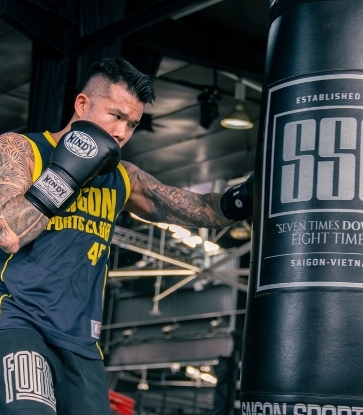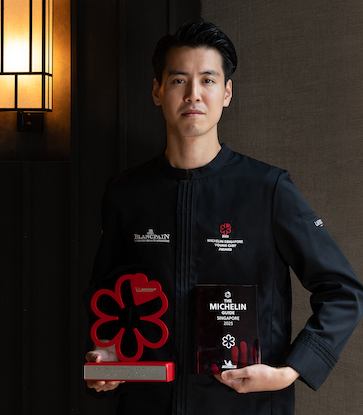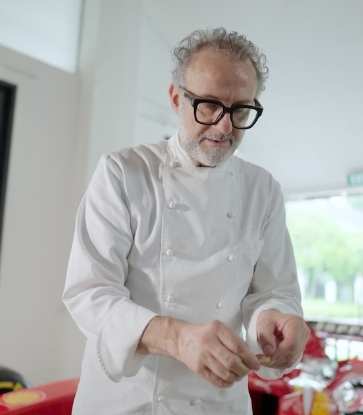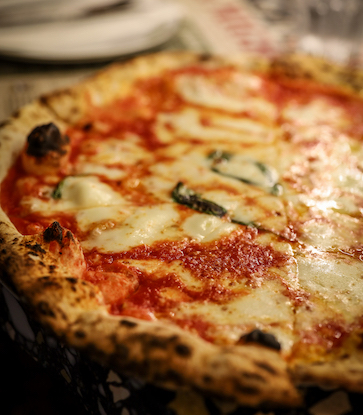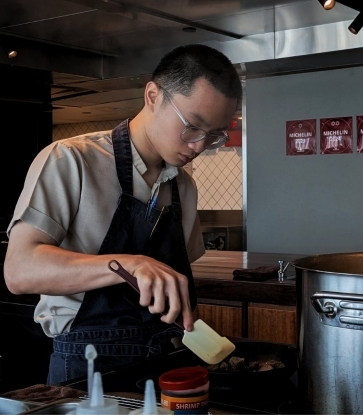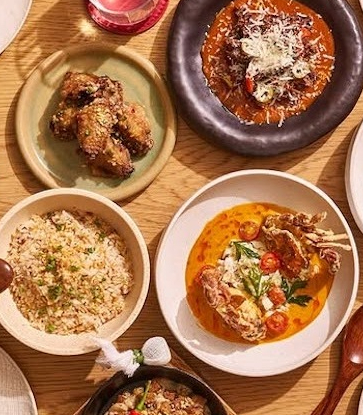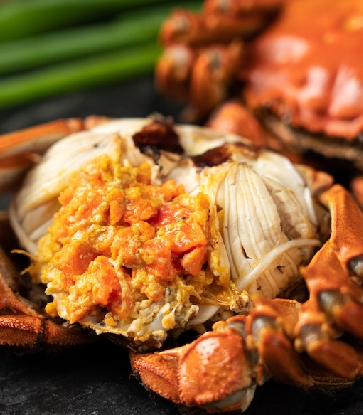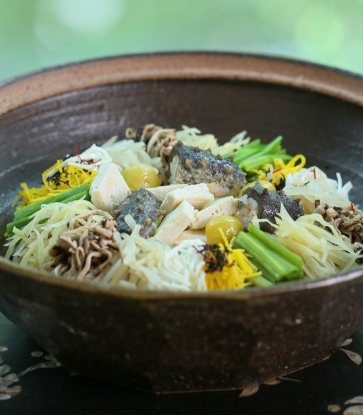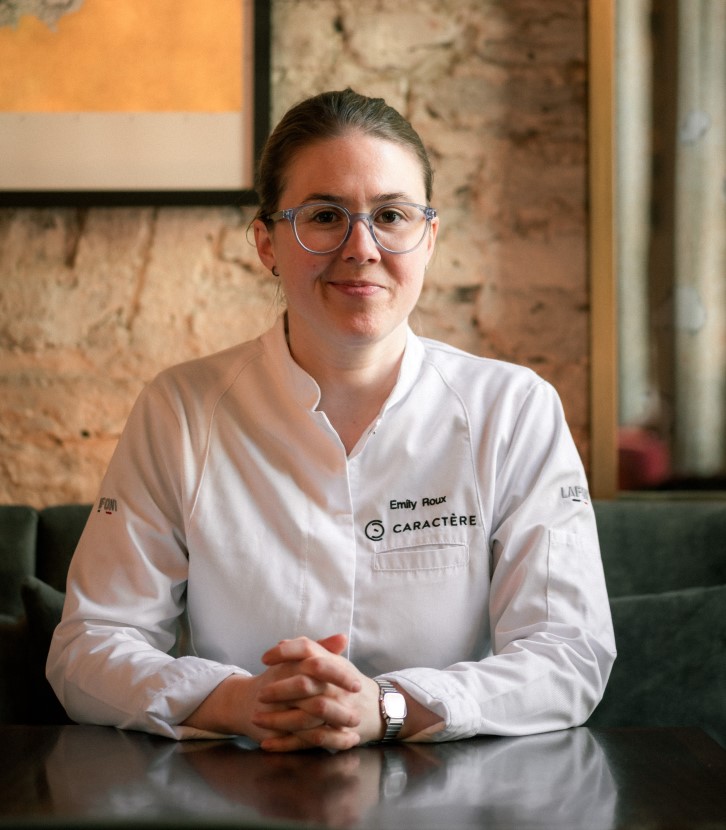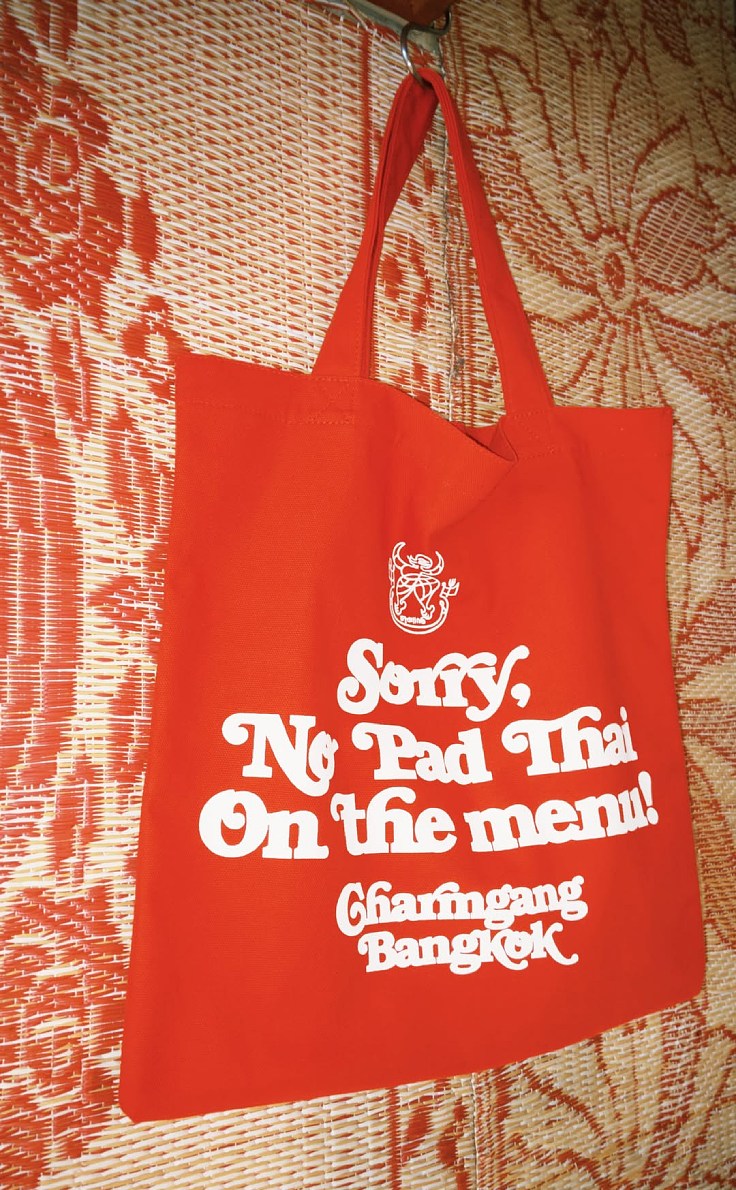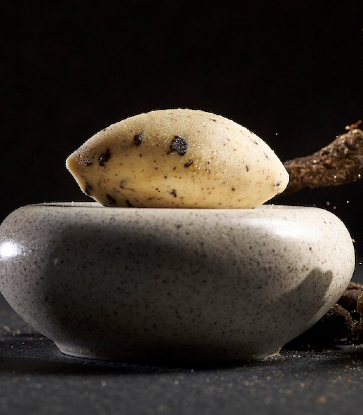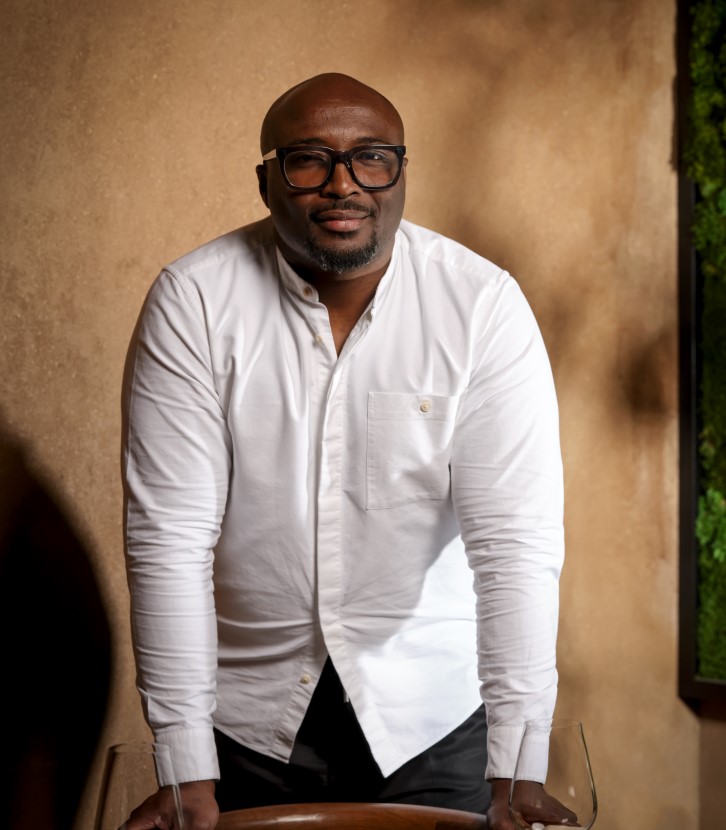One of the tragic ironies across Asia’s food-centric cultures is that treasured family recipes are rarely written down.
Instead, they often reside only within the recesses of a matriarch’s mind, with quantities and cooking times pared down to instinctive pinches and dabs informed by decades of experience.
Though they are called heirloom recipes, they don’t always get passed down — except sometimes in dribs and drabs, amid the frenzy of bubbling pots and the rush of festive occasions.
Those that do, however, often play a profound part in connecting generations by demonstrating and improving upon time-honored culinary traditions.
In partnership with AIA Altitude, a bespoke programme under AIA Singapore, powered by their Wealthbeing proposition for their Affluent and High Net Worth clients, we examine the importance of gastronomic legacy and cultural heritage in Singapore as the nation approaches its own diamond jubilee. Celebrating legacy, after all, is part of AIA Singapore’s mission to help people live healthier, longer, better lives.
As we approach SG60, read on to see how four iconic Singaporean dishes have been revived, transformed or otherwise revitalized by four of its most prominent chefs, each running their own MICHELIN establishment in a corner of the world.
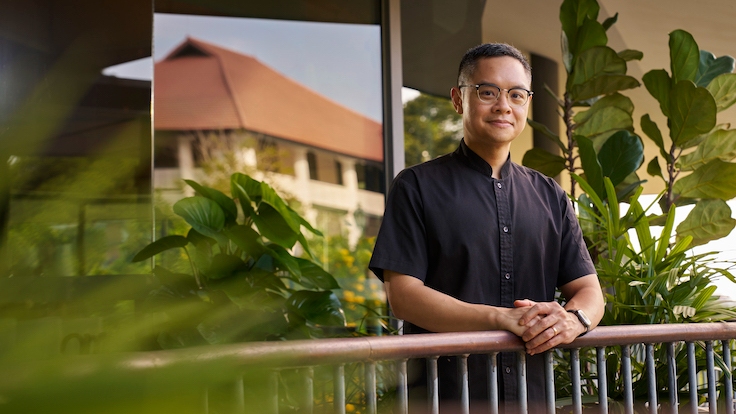
Malcolm Lee: Heart, Heritage, and Honesty
Candlenut & PangiumOne MICHELIN Star
MICHELIN Guide Singapore 2025
Malcolm Lee credits his feat of running not one, but two MICHELIN-starred restaurants specializing in the Straits Chinese dishes of his childhood to three fundamental pillars — “heart, heritage and honesty”.
“I believe food should be soulful — it should carry a story, evoke emotion and bring people together,” he explains. “I grew up seeing my family cook with so much love and care, and that shaped how I see food. It’s not just about technique or innovation, it’s about intention.”
Indeed, rather than adopting a dogmatic adherence to the way things were done, Lee deliberately explores new expressions of heritage Peranakan recipes and ingredients at his restaurants Candlenut and the newer Pangium.
“Whether I’m cooking a heritage dish or exploring new ideas, I always come back to the same core: cook with heart, respect your ingredients and never lose sight of why you started.”
Nothing illustrates Lee’s culinary viewpoint more completely than buah keluak, one of Peranakan cuisine’s most quintessential ingredients. The seed of the Pangium Edule tree is famously complex in flavor, boasting a rich, nutty aroma reminiscent of black truffle.
Also famous is buah keluak’s arduous preparation process to rid it of its high hydrogen cyanide content — yes, the seed is poisonous when raw, and only safe for consumption after weeks of fermentation, scrubbing, soaking and cooking.
The effort, Lee says, is worth it, especially given his childhood memories surrounding the ingredient. “For me, buah keluak has always been about family. It’s so time-consuming to prepare that it only ever appeared during very special occasions — Chinese New Year, Christmas or on my popo’s (grandmother’s) birthday. That alone made it feel precious.”
The seed has always been featured in his restaurants’ menus with elevated takes on traditional dishes. These include a localized version of rawon, a spice-rich Javanese beef soup made swarthy and complex with a symphony of buah keluak paste, lemongrass, galangal and kaffir lime leaves.
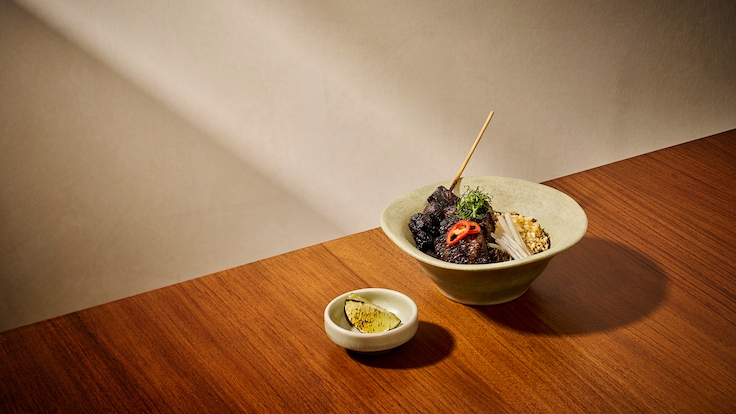
“At Pangium, our current buah keluak interpretation is part of a dish called Rawon Mee Sua,” says the chef. “We serve it with charred wagyu short rib, oxtail satay, beef tendon, salted egg, sawtooth coriander and beansprouts. It’s a dish that brings together deep, ancestral flavors with modern structure — reflecting Pangium’s focus on reimagining heritage cuisine through a fine-dining lens.”
Meanwhile, sister restaurant Candlenut dishes out a not-so-traditional ayam buah keluak (braised chicken with tamarind gravy) inspired by a recipe from Lee’s aunt featuring richly marbled Iberico pork jowl.
Drawing influences from members of his family is not unusual for Lee. He explains, “The matriarchs in my family — my grandmother and my mother — were the heart of our kitchen. They didn’t just cook; they told stories through food. Dishes like ayam buah keluak weren’t written down — they were passed on through watching, tasting and repetition.”
“I still remember how my mother would soak the nuts for days, cook just from memory, by feeling and ‘agak agak’ (a Malay expression meaning estimate), and how she could tell just how the dish would turn out. That kind of instinct only comes from a deep, lived connection with the ingredients and personal experiences,” the chef adds.
“Legacy, to me, is about carrying forward the heart of those who came before me. It’s not just about passing down recipes — it’s about passing down values. The way my grandmother and mother cooked wasn’t just about food. It was about love, patience, generosity. They never said it out loud, but you could feel it in every dish.”
It is clear that for Lee, legacy in and out of the culinary world doesn’t have to come in a tangible form.
Li Guang Han: Exploring Laksa’s Lost Legacy
LabyrinthOne MICHELIN Star
MICHELIN Guide Singapore 2025
It is almost impossible to discuss the preservation of Singapore’s culinary legacy without at least mentioning Han Li Guang and his One-MICHELIN-starred temple to Neo-Sin cuisine, Labyrinth.
For over a decade, the banker-turned-chef has walked a fine gastronomic line with contemporary takes on humble local recipes, at once celebrating the very best of what Singapore has to offer while championing flavors and new techniques.
It’s a balancing act that harks back to the local chef’s own eclectic food influences in his childhood. “My culinary journey is profoundly shaped by the people and environment of my upbringing, particularly my grandparents,” says the chef, better known as LG.
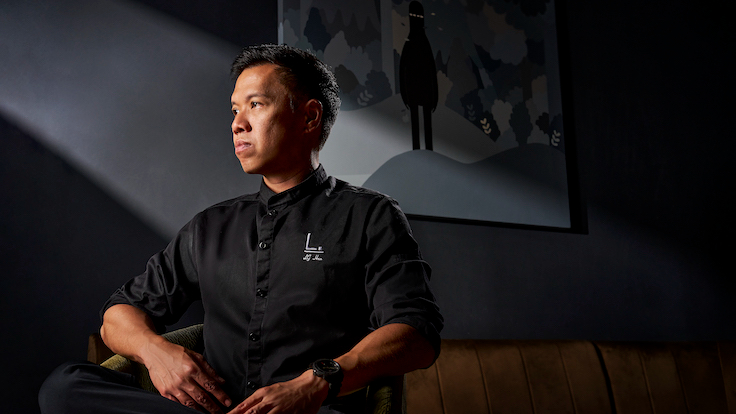
“My grandfather used to own Cairnhill Steak House, one of the earliest Western steakhouses in Singapore, resulting in me growing up in a F&B environment. Meanwhile, I spent most of my childhood watching my grandmother cook traditional Hainanese dishes like chap chye, pork chop and bak chang,” he continues.
The Han of today channels these influences into the unearthing and revitalization of “age-old, often-forgotten recipes” — including, most recently, the hard-to-find Laksa Siglap, a fish-forward cousin to the more common, coconut milk-laden Laksa Katong.
“My first encounter with Laksa Siglap was at a stall in Geylang Serai, where its flavors reminded me of the Penang Assam Laksa,” says the chef. “This sparked my curiosity to delve deeper into Laksa Siglap, where I discovered that it actually predates the more popular Katong variant.
“The historical relevance is important because not many people remember Laksa Siglap, even though it is the original laksa before what is popular today. I’m especially drawn to its unique balance of sweet, sour and umami notes,” says Han.
After numerous taste tests of Malaysia’s diverse laksa variants (which more closely resembled Laksa Siglap) and several experiments, he settled the winning recipe now served today at Labyrinth.
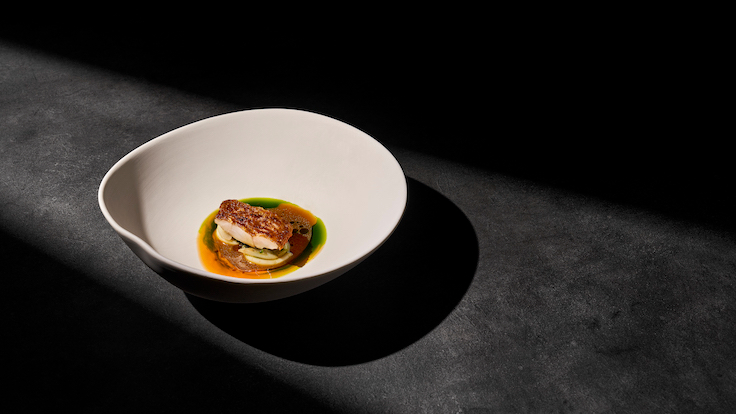
For the coup de grace, he pairs it with Japanese kinki — dry-aged for three days to achieve perfectly crispy skin when seared, then finished over a charcoal grill for subtle smokiness — a smattering of aromatic dill and shrimp oils, and a Balinese-inspired urap (salad) of wing beans, bean sprouts, spinach and desiccated coconut.
To Han, his take on Laksa Siglap is emblematic of how legacies are meant to be bequeathed.
“A legacy is fundamentally about passing a valuable torch from one generation to the next. However, it is not about preserving the past as it is, it’s about allowing its core spirit to evolve and continue.”
In any case, he believes a chef’s impact is measured not just by the dishes he creates. “We are also trying to inspire younger chefs from Singapore to learn more about the past. My personal hope is to foster in them a love for our Singaporean heritage and the confidence to innovate. If they walk away inspired, then my legacy lives on,” he adds.
Jimmy Lim: An Unspoken Inheritance
JL StudioThree MICHELIN Stars
MICHELIN Guide Taiwan 2024
Jimmy Lim made history when his eponymous restaurant JL Studio bagged three stars in the 2023 selection of the MICHELIN Guide Taiwan.
The Lion City, best known for its humble, UNESCO-recognized hawker food, was now reaching the highest levels of gastronomic finery — and Lim was the one who brought it there.
“I often find myself reflecting on how incredibly lucky I am,” says the chef. “Throughout my life, there's always been someone who crossed my path and left a profound mark. Whether it was someone patiently teaching me a new skill or offering a much-needed lift when I was truly struggling, these encounters have been invaluable.”
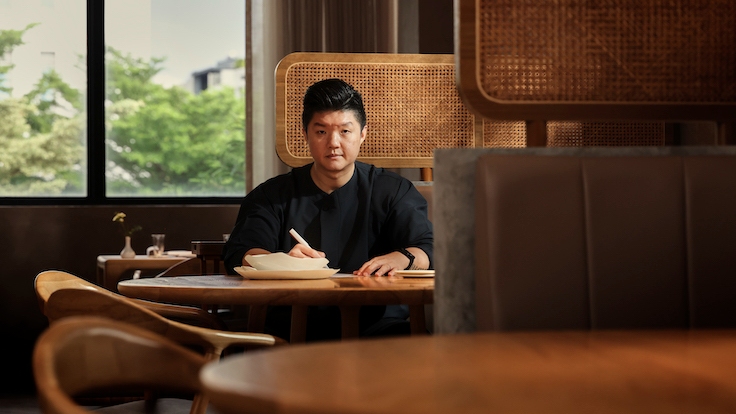
"I'm grateful for the difficult people, too — the ones who doubted me or even actively tried to push me down. They, in their own way, had a significant influence on me. They forced me to dig deeper, to unearth a strength I didn't know I possessed.”
However, none were as invaluable to the chef’s journey as his own father. “His unwavering persistence and perseverance have left an indelible mark on me, shaping how I approach every challenge and every dream,” says Lim.
In fact, it was Lim’s father who taught him how to cook chicken rice at what would be their last Lunar New Year together.
“I remember the warmth of the kitchen, the scent of ginger and pandan filling the air, and his patient guidance as we simmered the chicken and perfected the rice,” he says. “At the time, I didn't know the quiet gravity of that moment, that this would be the last dish he ever taught and shared with me.”
Today, the chef honors the treasured memory with his father — and a Singaporean icon he says is “as ubiquitous as the tropical humidity” — with an interpretation of the dish both exceptional and outlandish.
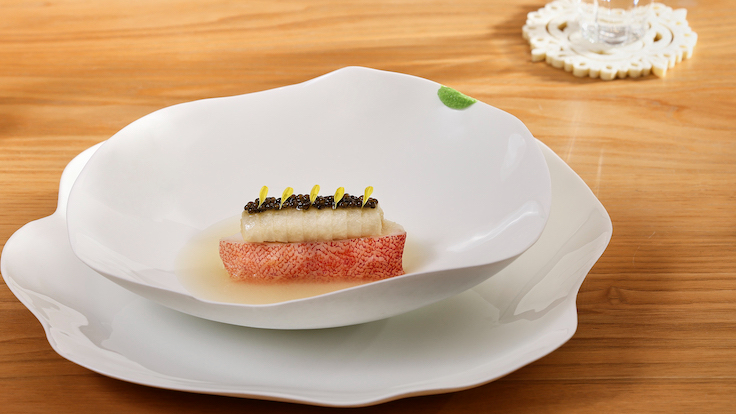
At his restaurant, Lim serves a version of chicken rice with neither chicken nor the classic fragrant oil rice. Instead, he pairs poached fish (the most likely protein of abundance in the island nation’s early years) with rice, drawn out to a consistency not unlike porridge.
“I vividly recall the stories my grandmother would share from her childhood, tales of profound poverty and rationed food. Rice, she'd often say, was precious, a staple to be stretched as far as possible,” he explains. “From this memory, I found my inspiration: I envisioned the rice not as a grain, but as a rich, comforting porridge-like sauce, a tribute to resilience and resourcefulness.”
Despite these transformations, Lim says that with their eyes closed, guests often can’t quite believe that they aren’t chowing down on a traditional plate of chicken rice. “That, right there, is the exact provocation I aim for,” he says. “I want to offer something they never thought possible, to challenge their perceptions of what a familiar dish can be.”
The chef’s reaction to his diners’ enjoyment reflects his opinion on the weight of legacy. To Lim, it is not about accolades or possessions, but in “the genuine connections we forge and the subtle, yet powerful, ways we uplift those around us”. Such a thing cannot be forced — it can only be influenced.
“Legacy — I call it the unspoken inheritance. It's about someone witnessing your journey, seeing how you live your life, how you treat others and observing what you truly believe in. If they resonate with that, if they feel it's correct and aligns with their own values, they will naturally carry it with them. It's not about obligation; it's about inspiration.”
The new father continues, “Take my son, for example. My deepest hope is that one day, he looks at the way I've lived my life and how I've treated the people around me, and if he feels that's right, that's what he believes in, he will follow naturally.”
“My role isn't to dictate his path, but to live my own life in a way that, perhaps, lights a spark within him, allowing him to forge his own remarkable legacy, built on the authentic lessons he chooses to carry forward,” he adds.
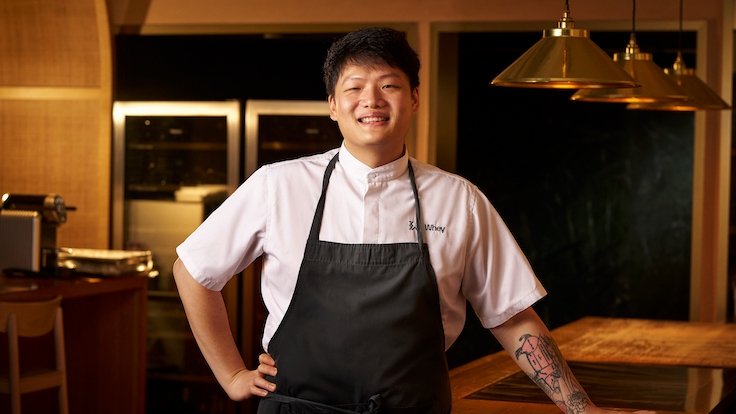
Barry Quek: Deconstructing Singaporean Classics
WheyOne MICHELIN Star
MICHELIN Guide Hong Kong & Macau 2025
When you order a bowl of bak kut teh in Singapore, you get tender pork ribs simmered in a clear but punchy broth, heady with the fragrance of white pepper, garlic and other mixed spices.
But head to One-MICHELIN-Starred Whey in Hong Kong, and you’ll receive a dish almost entirely unrecognizable — until you bite into the charcoal-grilled New Territories pork ribs coated in homemade pepper jus.
Yes, you might still miss the fried dough sticks and the soul-quenching comfort of piping hot soup on a rainy day, but this is Barry Quek’s way of introducing a Singaporean classic to the wider world of modern European dining.
Other local dishes he’s reimagined (outside of deconstructed bak kut teh) include a brioche starter served with a buah keluak emulsion, and a Nyonya laksa-turned-konjac rice dish topped with grilled lobster.
“My philosophy is to share what Singaporean flavors and food are about with the melting pot of different cultures that we have,” he says.
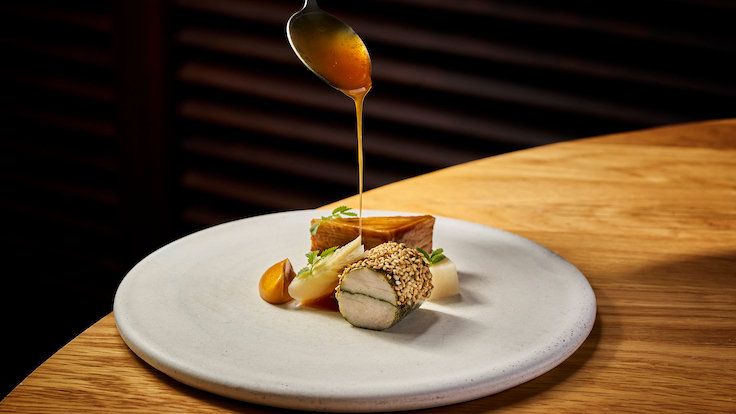
For Quek, what sets bak kut teh apart from other local Singaporean icons is its status as a food for the people.
“Throughout history, dishes that the working class ate stood the test of time. Bak kut teh is the same,” the chef explains, “Back then, Singaporean laborers did not have access to many ingredients and pork was hard to come by. In order to nourish themselves, they added garlic and white pepper. It’s something uniquely Singaporean.”
Then again, it could just be the dish that reminds him most of home. After all, the recipe for Quek’s signature dish comes from his greatest source of inspiration, his Teochew mother. “My mom is an amazing cook. She can whip something up from what she has available on hand, and it will always be good,” he says. He now hopes to pass on that same inspiration to the upcoming generation of budding chefs.
“Legacy means a few things to me, namely cultural preservation, mentorship and innovation. I want to share what I have learned as a chef cooking Singaporean flavors and also my recipes, to educate those that have come through Whey.”
“We also pass on legacy through music and Singlish,” he adds. “We may have to tone it down when we are abroad, but once we meet other Singaporeans, that accent is sure to come out, lah!”




